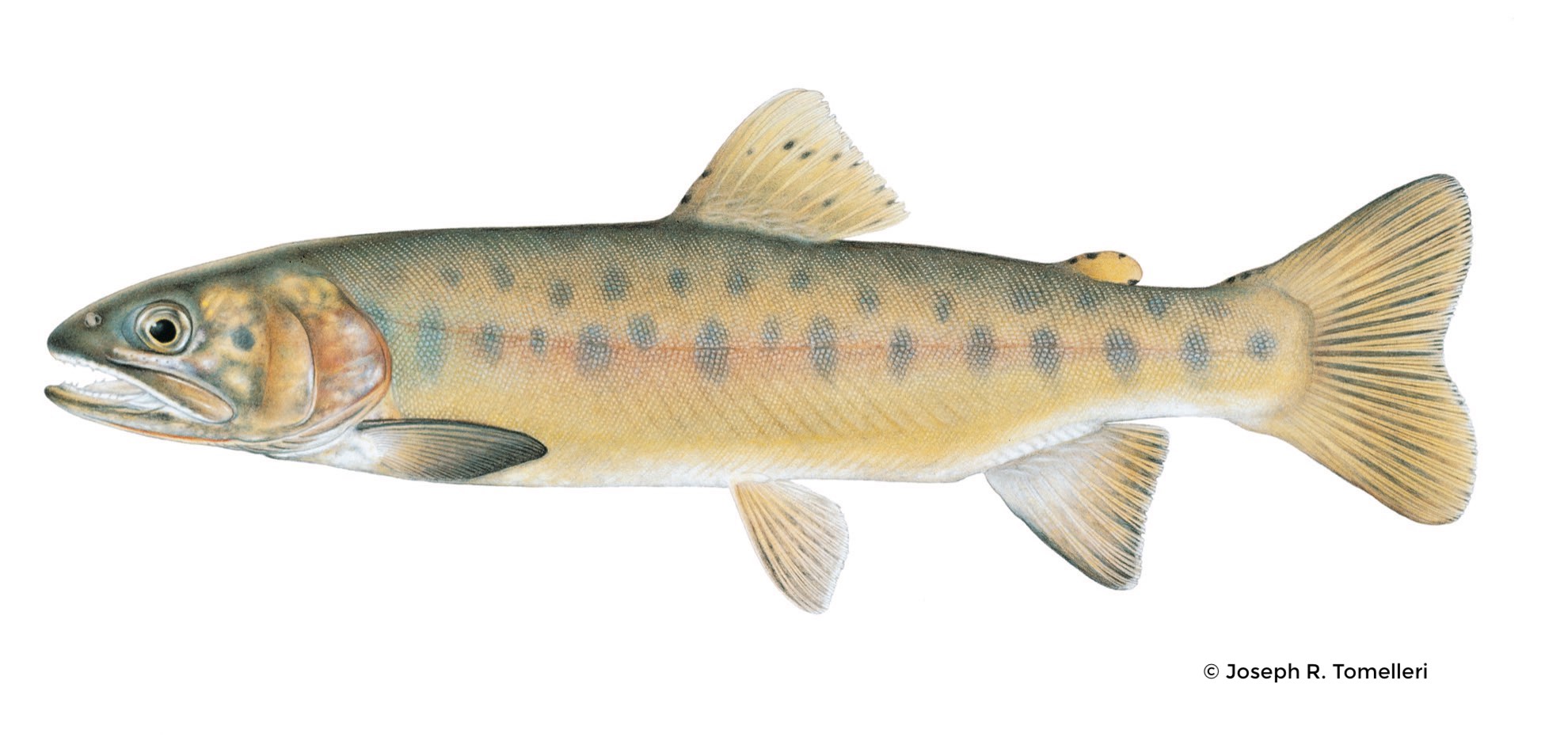
The Paiute Cutthroat Trout is native only to Silver King Creek, a tributary of the Carson River in the Sierra Nevada Mountains in California. It is believed that the Paiute evolved from a sub-population of Lahontan Cutthroat Trout that became isolated in the creek. Paiutes have a purple coloration, and they are distinguished from other cutthroat species because they lack most body spots. They grow to a maximum size of 10 inches and weigh up to 1 pound. The Paiute Cutthroat Trout is a federally listed threatened species. The Paiute Cutthroat Trout was one of the first animals in the nation listed as endangered in 1967 under the federal Endangered Species Preservation Act of 1966, now known as the Endangered Species Act. In 1975, the species was downlisted to federally threatened to allow for a special rule that would facilitate management of the species by the State of California. The only populations of Paiute Cutthroat Trout in the Silver King Creek basin used to exist upstream of their native range, isolated from non-native trout by barrier waterfalls. Chemical treatments using rotenone, conducted over the past 4 decades by California Department of Fish and Wildlife, successfully restored populations of Paiute Cutthroat Trout to the headwaters of Silver King Creek by removing the influence of non-native trout. In September 2019, California Department of Fish and Wildlife reintroduced genetically pure Paiute Cutthroat Trout to the 11-mile stretch of Silver King Creek between Llewellyn Falls and Snodgrass Creek that represents almost the entirety of the fish’s historic range. Restoring Paiute Cutthroat Trout to their native Silver King Creek nearly doubles the amount of habitat available to the fish and is considered key to their long-term survival and potential delisting.

